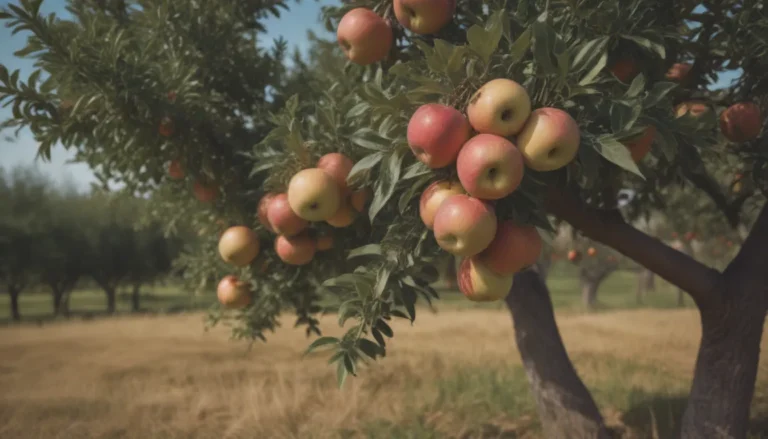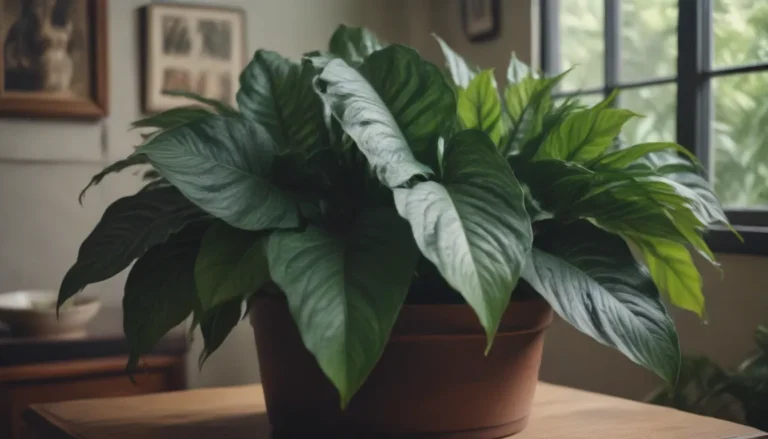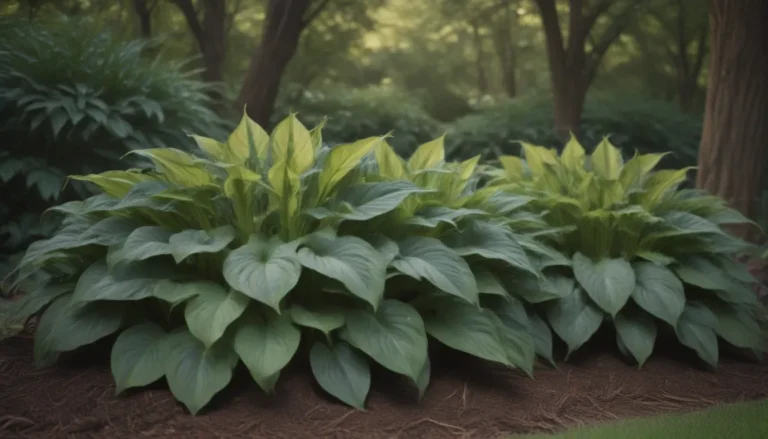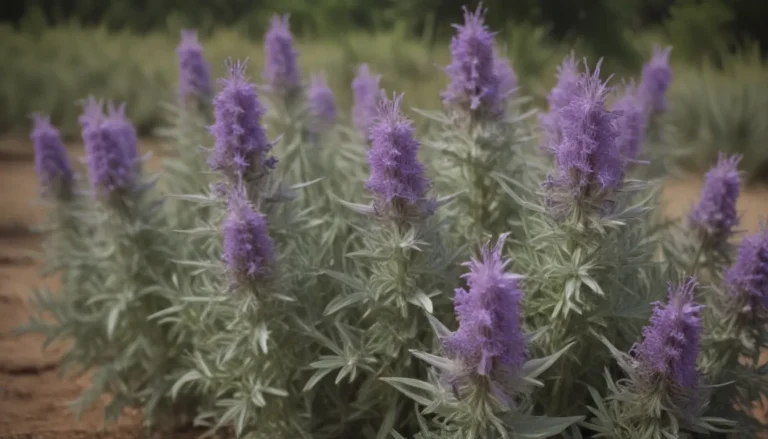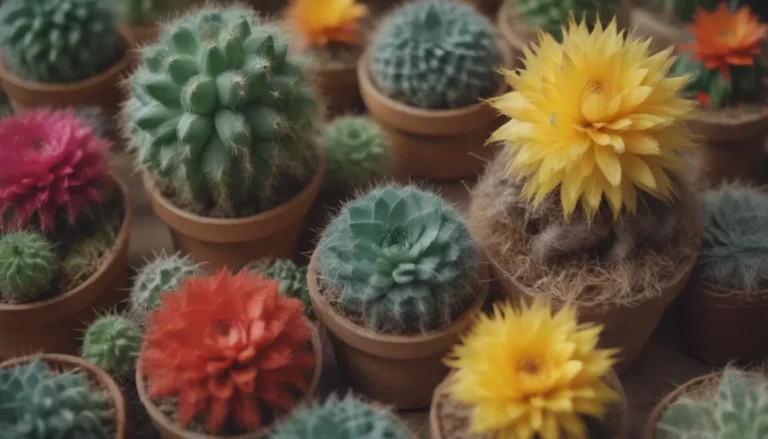A Comprehensive Guide to Identifying and Managing Common Lawn Weeds
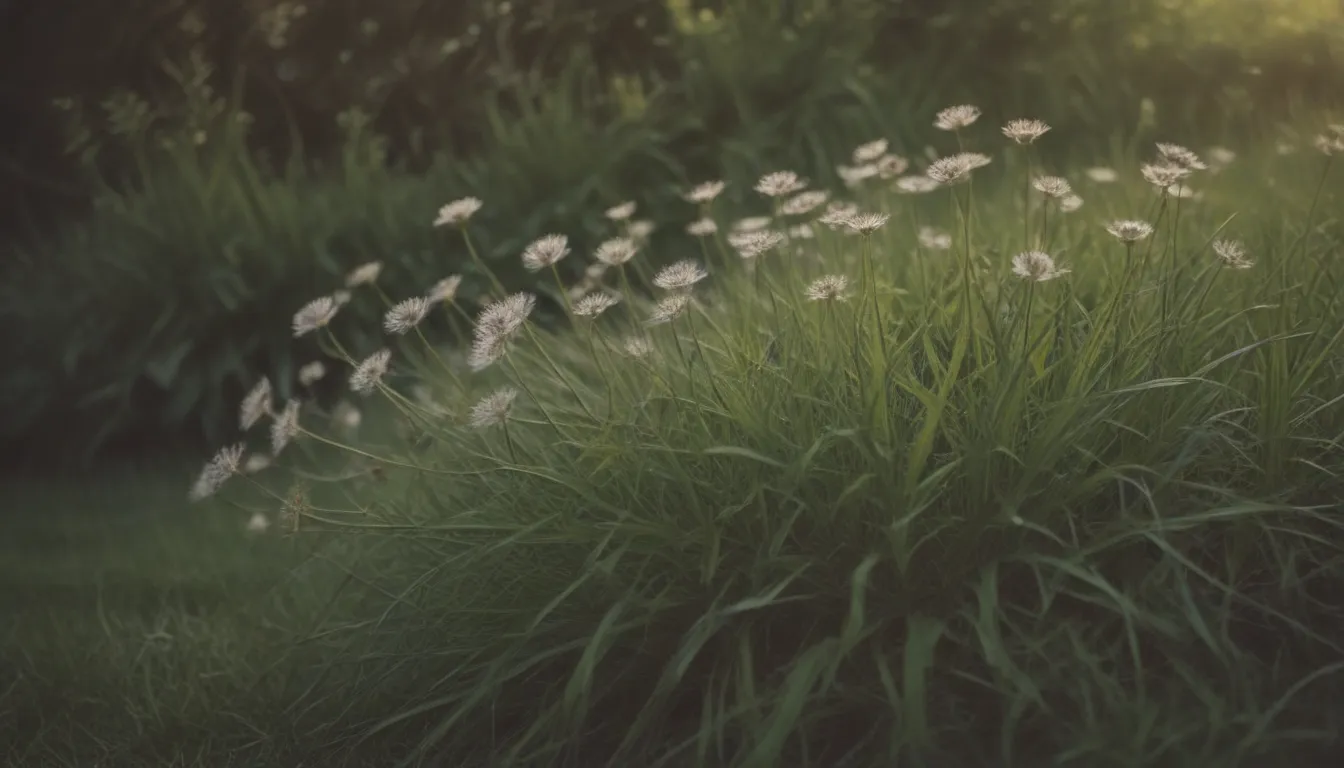
Are you tired of dealing with pesky weeds taking over your beautiful lawn? Don’t worry, you’re not alone. Many homeowners face the challenge of combating unwanted plants that can quickly invade and disrupt the lush greenery of their outdoor space. While it may be tempting to reach for chemical herbicides to tackle the issue, it’s essential to understand that different weeds may require unique solutions for effective control.
In this comprehensive guide, we will explore nine common lawn weeds that you may encounter and provide valuable information on how to identify, manage, and potentially eradicate them from your lawn. From the notorious dandelions to the elusive crabgrass, we will cover a range of weeds that can plague your outdoor oasis. So, let’s dive in and equip you with the knowledge you need to maintain a healthy, weed-free lawn.
Dandelions (Taraxacum officinale and Teracacum erythrospermum)
Dandelions, with their iconic yellow flowers and fluffy seed heads, are a common sight in lawns across North America. These perennial plants boast a tenacious taproot, making them challenging to eradicate. However, you can opt for organic methods such as hand-pulling or using horticultural vinegar to control their above-ground growth. Surprisingly, dandelions are also edible and can be added to salads or cooked as greens, offering a unique way to embrace these troublesome weeds.
Creeping Charlie (Glechoma hederacea)
Despite being a common lawn weed, creeping Charlie exudes a pleasant fragrance when mowed, adding a touch of aromatic charm to your yard work. This member of the mint family may have shallow roots, making it relatively easy to pull out with patience and diligence. Consider incorporating creeping Charlie leaves into your culinary endeavors as a salad green for a wholesome twist on weed management.
Common Plantain (Plantago major)
If you reminisce about feeding your childhood pet bunny with grass and other vegetation, common plantain may spark nostalgic memories. This broad-leafed weed is edible for both bunnies and humans, offering versatility in culinary applications. While common plantain can be dug up organically, its perennial nature requires thorough removal to prevent regeneration from leftover root fragments.
Common Ragweed (Ambrosia artemisiifolia)
Native to North America, common ragweed thrives in poor soil conditions, making it a common nuisance in lawns. With a taproot-free structure, weeding out ragweed is as simple as pulling it up. Maintaining a well-fed and healthy lawn can also deter the growth of this weed, highlighting the importance of soil quality in weed management.
Purslane (Portulaca oleracea)
Purslane, characterized by its fleshy leaves and prolific seed production, is a ground-hugging weed that thrives in dry, sandy soils. Implementing a chemical control regimen with pre-emergent and post-emergent herbicides can effectively target purslane. Alternatively, persistent hand-digging may be necessary to combat this resilient weed and prevent its regrowth from the smallest vegetation remnants in the soil.
Yellow Dock (Rumex crispus)
Yellow dock, also known as curly dock, stands out with its distinctive dried flower head resembling coffee grounds. This tall plant with a significant taproot requires thorough removal to prevent regrowth from remaining root fragments. For isolated instances, carefully applying glyphosate onto the foliage can eliminate yellow dock, providing a non-organic solution to weed control.
Clover (Trifolium ssp.)
Despite homeowners’ efforts to banish clover from their lawns, these plants offer numerous benefits such as fragrant properties, pest resistance, and nitrogen addition to the soil. While some may appreciate the clover’s contributions, others seeking its removal can opt for chemical herbicides or organic hand-pulling methods. Understanding the underlying soil deficiencies that promote clover growth is essential for long-term weed management and lawn health.
Wild Violets (Viola spp)
Wild violets, known for their attractive flowers and naturalistic appeal, can be a visually pleasing addition to your lawn. However, if you prefer a uniform turf grass appearance, removing wild violets by extracting the entire root system is key. Utilizing chemical controls or broad-leaf weed killers can effectively target unwanted violets, especially during the fall season for optimal results.
Crabgrass (Digitaria)
Crabgrass, an annual weed notorious for its prolific seed production and resilience, poses a significant challenge for homeowners. Unlike other weeds, pulling out crabgrass is not an effective solution, as it thrives in poor soil conditions and resists broadleaf herbicides. Utilizing pre-emergent herbicides tailored for crabgrass is crucial for prevention and control, emphasizing the importance of maintaining a healthy turf grass environment to deter its growth.
By familiarizing yourself with these common lawn weeds and exploring effective management strategies, you can take proactive steps to preserve the beauty and vitality of your lawn. Whether you choose organic methods, chemical controls, or a combination of both, understanding the unique characteristics of each weed is essential for successful eradication. Remember, a healthy lawn starts with proper weed management and a proactive approach to maintaining its lush green appearance.
